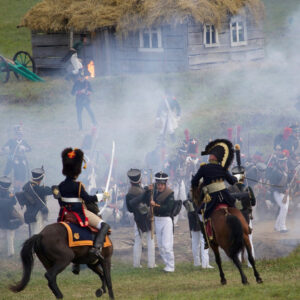Let’s have fun! I spent a good part of my morning on airplanes. Now I’m cranky, full of beverages, and wrongly opinionated. A women at a hotel bar last night told me I was a fucking asshole. I went and high-fived her. The rest of the bar people fist bumped me. She left this morning without making me coffee and took my edibles.
So, let’s do this…
Seeing the Celtics quit the other night reminds me why I don’t normally watch basketball. Teams quit. Teams quit in the playoffs. The NBA is like Pop Music. Boring. Fake anger. Fake fights. Such a sad sport.
It can be better.
Let’s make the baskets be carnival-size. The winning team scores 10. The winning team gets a stuffed Stitch wearing an Arsenal jersey (Ohana, mate, and shit.) Allow checking, please. Otherwise? Boring. No defense. Real penalties? Yup. That would be cool. Play one man short, but not Spud Webb or Mugsy.
Baseball (yawn) is sadly better because at least the announcers have stories (sometimes stupidly racist of late). The best. Latin America’s past time!
Football I love because it takes talent to score even though there are only 13 minutes of actual playing time. Look it up while I have another over-priced, bad beer and throw up my nachos and spinach dip.
And for the record, college football and basketball are the minor leagues. Let’s watch a bunch of kids spend their time to go off and sell insurance.
Recently, I spent my Saturday watching teams from small towns who wouldn’t exist if it weren’t for smart people learning and researching stuff. But donors support sports. Nailed it. Sports solved COVID.
The other day I met a Notre Dame grad who was an atheist and liked silver. And loved the Scottish. Other teams have mascots. They have a short guy with a beard and the city has a former mayor who never owned a train set.
Heheh. I’m cracking myself up.
Psst. I love hockey. It takes wealthy parents to make the big leagues. Ice making costs a lot. Have you tried to buy a Zamboni lately?
And the playoffs there??
7 period games? Hockey got that. Does your girlfriend?
Real blood? Hockey got that. Does your girlfriend?
Players dying?
Yeah. It’s like dating.
(#massiveliberalsarcasm)
I want to see 600 comments calling me a “dick” while I watch Lakers v. Nuggets.
And fall asleep.
Go Panthers.



